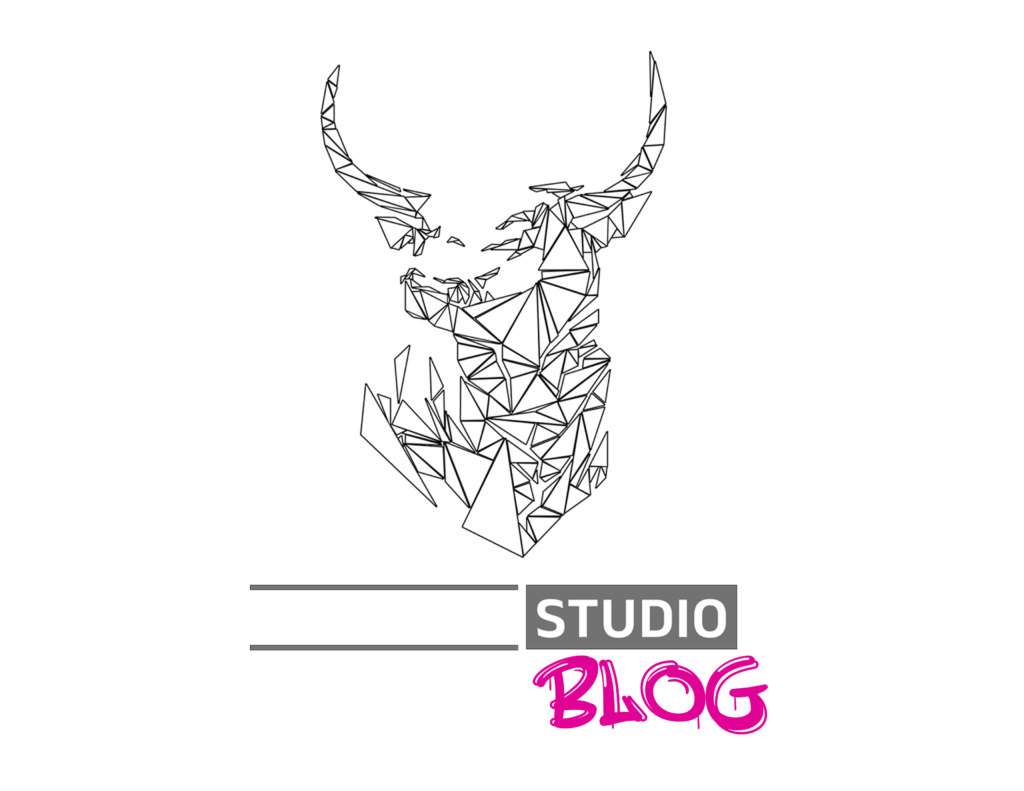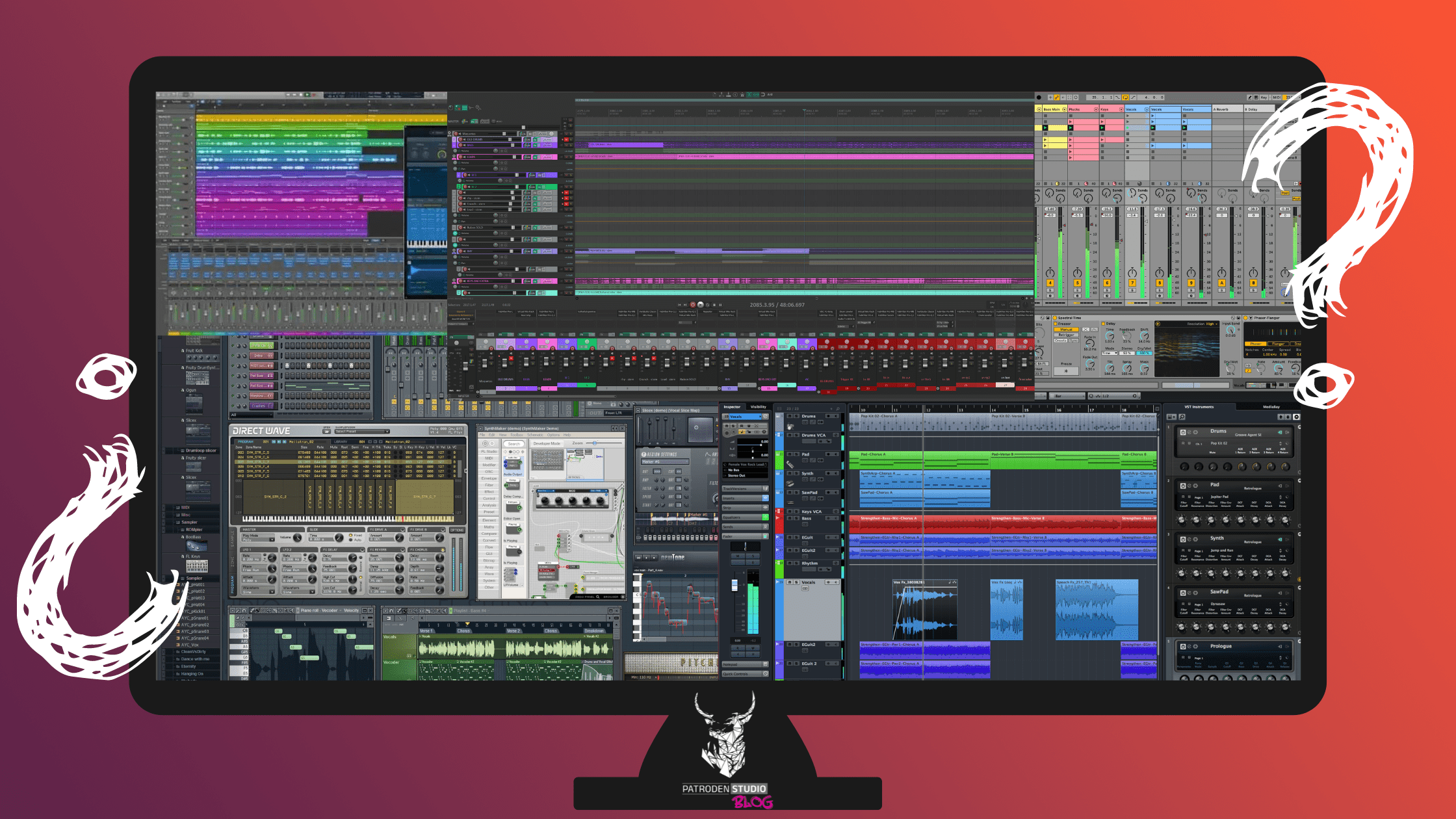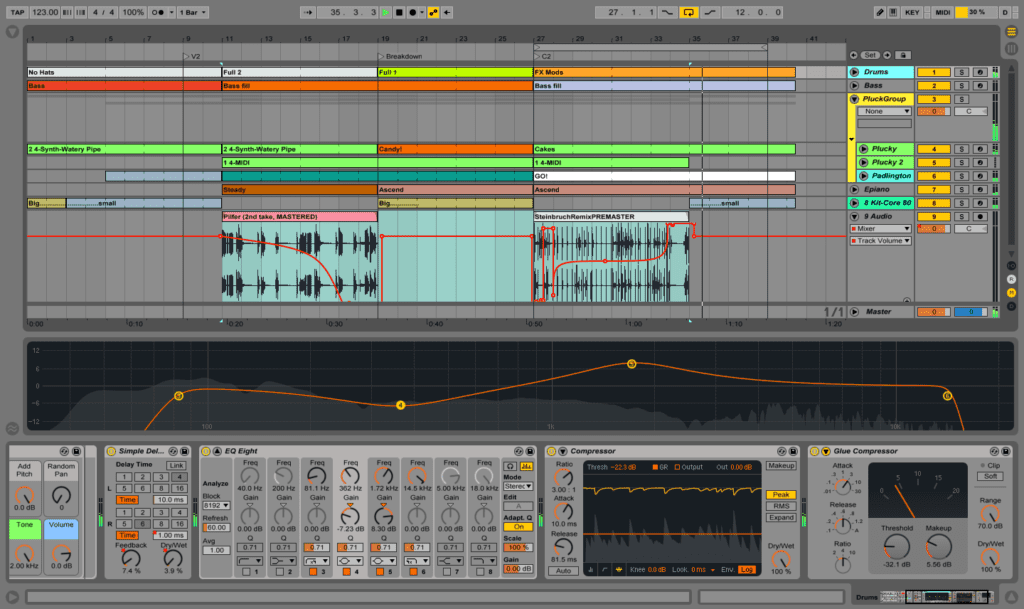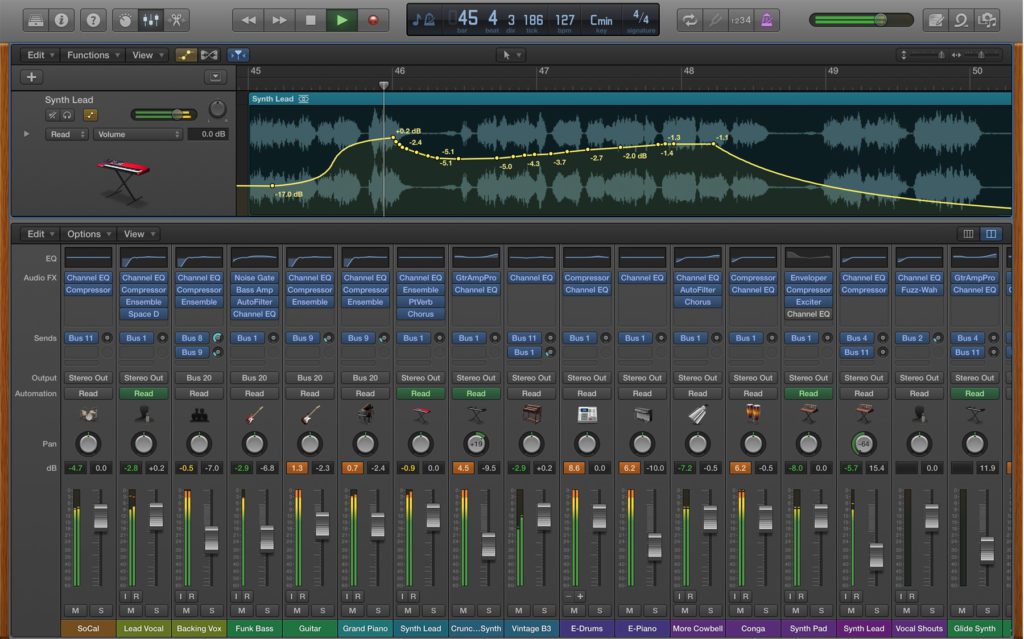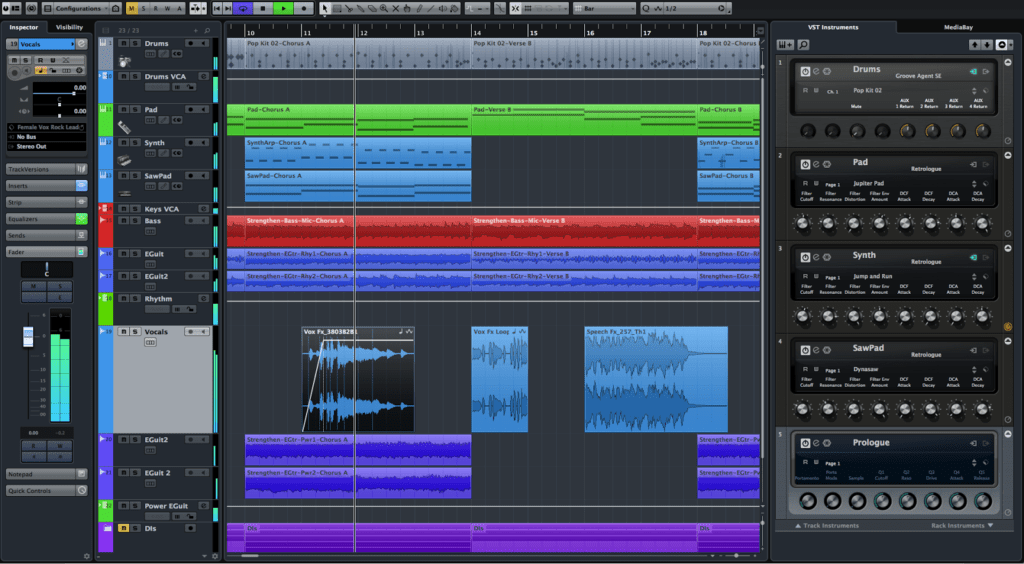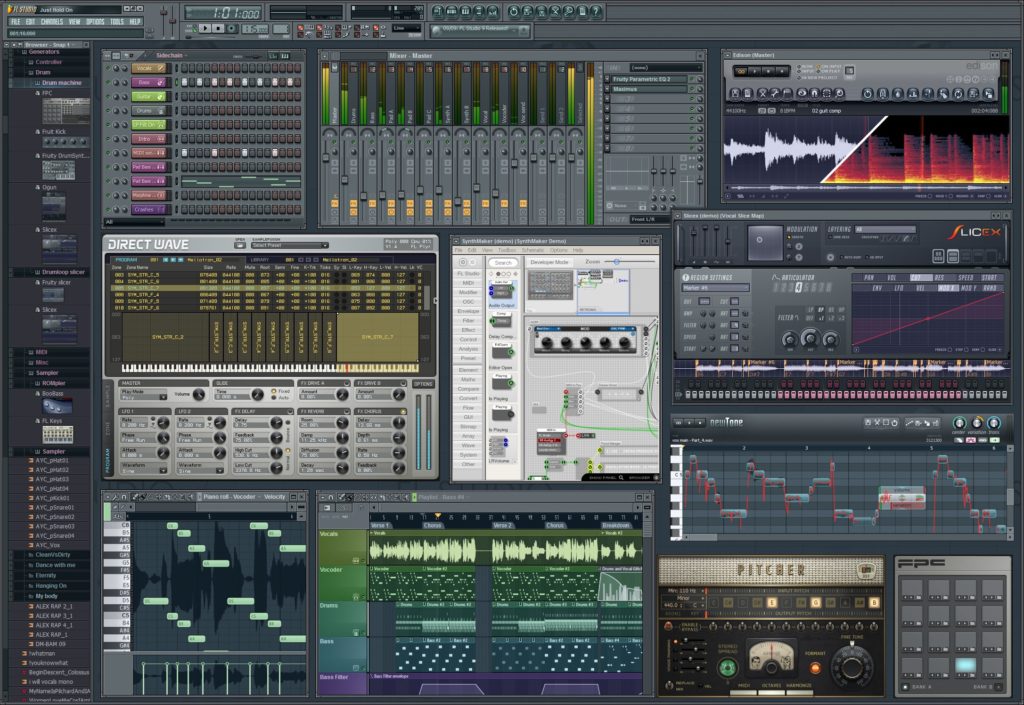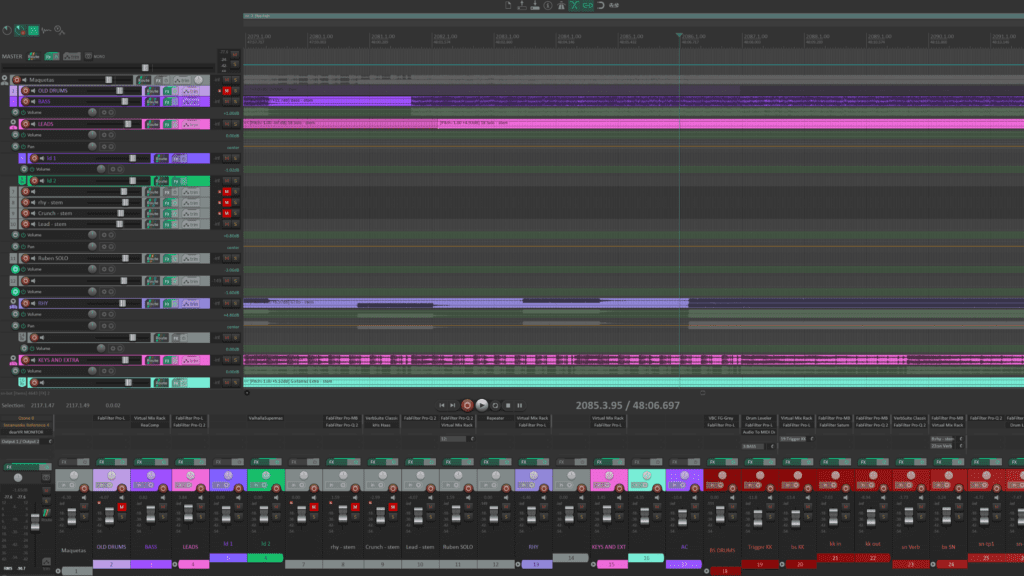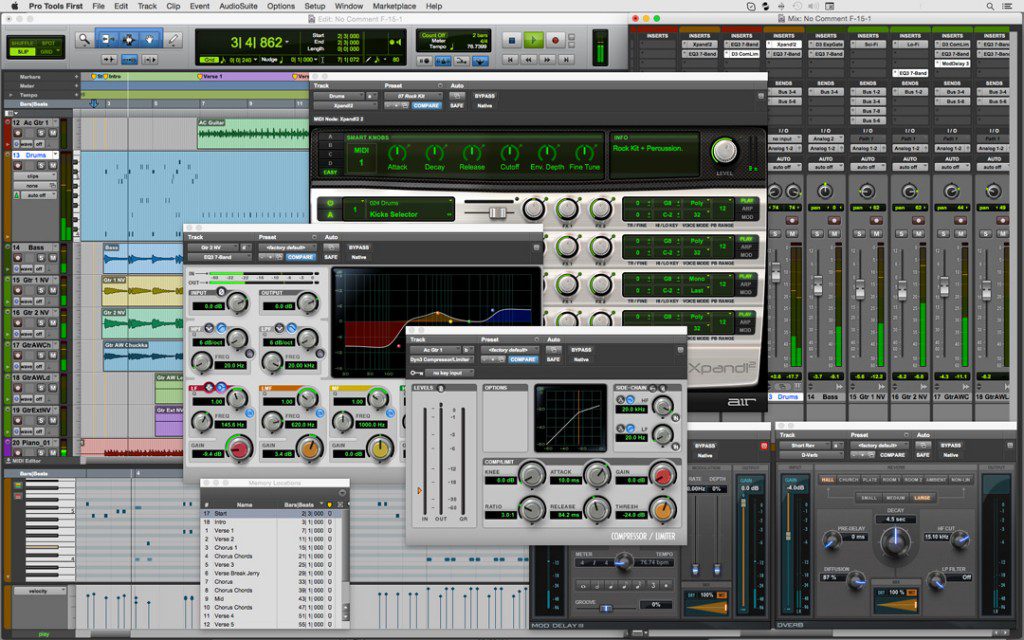Digital Audio Workstations (DAWs) are at the heart of modern music production. They allow musicians, producers, and engineers to create, record, edit, and mix music in a digital environment. With so many options on the market, it can be difficult to know which DAW is right for you. In this comprehensive guide, we’ll explore the most popular DAWs and their features, strengths, and weaknesses, to help you make an informed decision when choosing the right one for your needs.
Ableton Live is a versatile and intuitive DAW designed for live performance and electronic music production.
With its unique session view, it allows you to create, record, and perform music in a non-linear manner, making it a popular choice among electronic musicians and producers. Its interface is clean and user-friendly, and it offers a wide range of virtual instruments, effects, and plugins.
Ableton Live is also well-suited for live performances, with its ability to trigger clips and samples in real-time.
Strengths:
- Intuitive and user-friendly interface
- Versatile for both production and live performance
- Wide range of virtual instruments, effects, and plugins
Weaknesses:
- Can be overwhelming for beginners
- Limited audio recording and editing capabilities compared to other DAWs
Logic Pro X is a professional-grade DAW that is popular among Apple users. With a rich feature set and powerful audio engine, it is well-suited for recording and producing music.
ts intuitive interface and vast library of virtual instruments, samples, and effects make it a popular choice among producers and composers.
It also integrates seamlessly with other Apple products, such as GarageBand, making it a great choice for those who work within the Apple ecosystem.
Strengths:
- Professional-grade features and powerful audio engine.
- Integrates seamlessly with other Apple products.
- Wide range of virtual instruments, samples, and effects
Weaknesses:
Limited compatibility with non-Apple products
Steep learning curve for beginners
Cubase is a professional-grade DAW that is popular among musicians, producers, and engineers.
With a long history in the industry, it offers a wide range of features and is well-suited for recording, mixing, and producing music.
Its interface is intuitive and user-friendly, and it offers a wide range of virtual instruments, effects, and plugins.
Strengths:
- Professional-grade features and powerful audio engine
- Intuitive and user-friendly interface
- Wide range of virtual instruments, effects, and plugins
Weaknesses:
- Steep learning curve for beginners
- Limited compatibility with some hardware and software products
FL Studio, formerly known as Fruity Loops, is a popular DAW among electronic musicians and producers.
With its intuitive interface and wide range of features, it is well-suited for creating, recording, and producing music.
It offers a wide range of virtual instruments, effects, and plugins, and its easy-to-use piano roll makes it a popular choice among those who work with electronic music.
Strengths:
- Intuitive and user-friendly interface
- Wide range of virtual instruments, effects, and plugins
- Easy-to-use piano roll for electronic music production
Weaknesses:
- Limited audio recording and editing capabilities compared to other DAWs
- Limited compatibility with some hardware and software products
REAPER is a versatile and affordable DAW that is popular among hobbyist and professional musicians, producers, and engineers alike.
With a compact and customizable interface, it offers a wide range of features, including multi-track recording, editing, and mixing.
REAPER supports a vast range of plug-ins, hardware, and software, making it a great choice for those who need to work with a variety of tools.
Strengths:
- Versatile and customizable interface
- Affordable
- Supports a wide range of plug-ins, hardware, and software
Weaknesses:
- Steep learning curve for beginners
- Limited virtual instruments compared to other DAWs
Pro Tools is a highly regarded and widely-used Digital Audio Workstation (DAW) in the music and audio production industry.
It has been around for over 30 years and is considered to be one of the most professional and powerful DAWs available.
Pro Tools offers a comprehensive set of features for recording, editing, mixing and mastering, including a vast collection of virtual instruments and plug-ins.
However, its interface can be considered more complex and less intuitive compared to other DAWs, making it a better choice for advanced users and professionals.
Pro Tools also has a subscription-based model, which can be more costly than other DAWs that offer perpetual licenses.
Studio One is a powerful and intuitive DAW developed by PreSonus.
It offers a comprehensive set of tools and features for music production, including a user-friendly interface, versatile recording and editing capabilities, and a wide range of virtual instruments and effects.
One of its strengths is the ease of use, with a streamlined workflow that makes it accessible to both beginner and experienced users.
Studio One also integrates well with hardware, including MIDI controllers and audio interfaces, and its robust mixing and mastering capabilities make it a great choice for those looking to produce professional-quality recordings.
On the other hand, one weakness of Studio One is that it has limited built-in instrument and effect options compared to some of its competitors, meaning that users may need to purchase additional virtual instruments or effects to meet their production needs.
Additionally, some users may find its interface and layout to be less customizable than other DAWs, which can be a drawback for those who prefer a more personalized experience.
In conclusion, when choosing the right DAW for your needs, it’s important to consider the type of music you want to create, your budget, and your level of experience. Whether you’re a beginner or a professional, there is a DAW out there that is right for you. By considering the features, strengths, and weaknesses of each DAW, you can make an informed decision and start creating music today!

